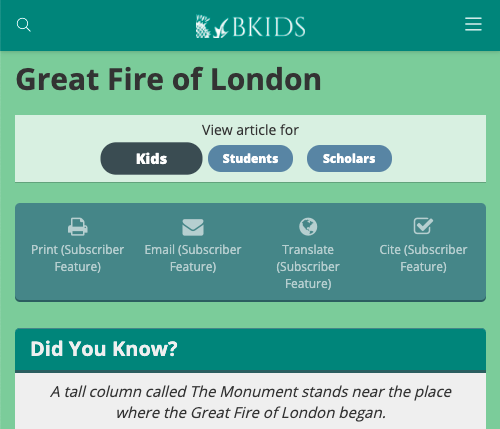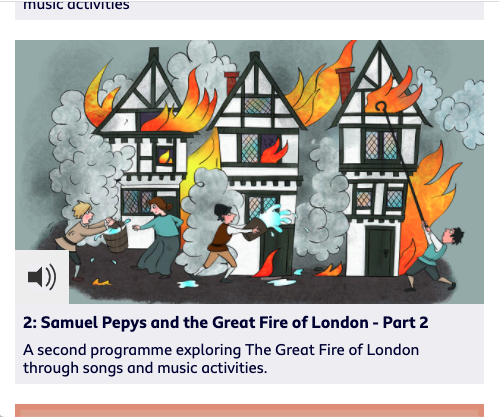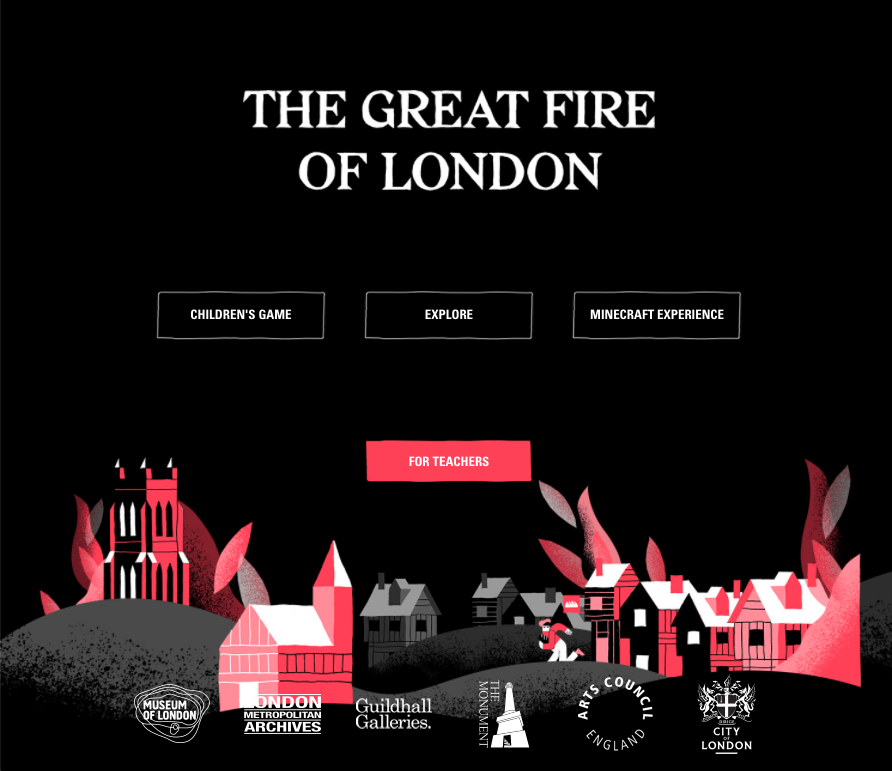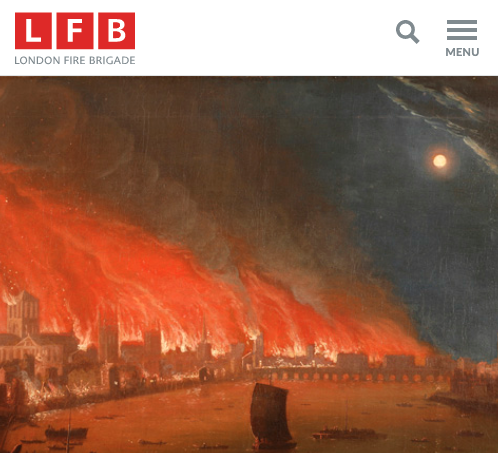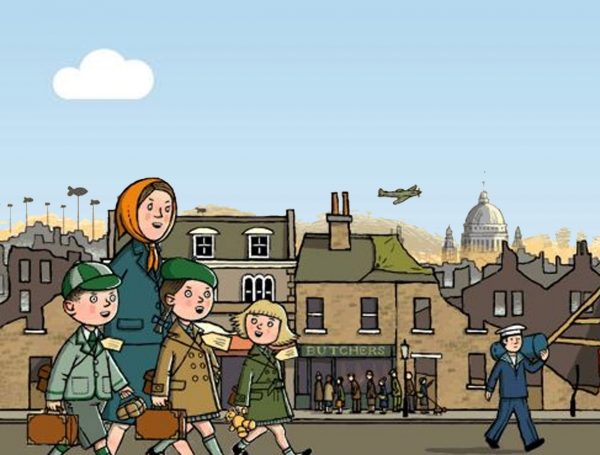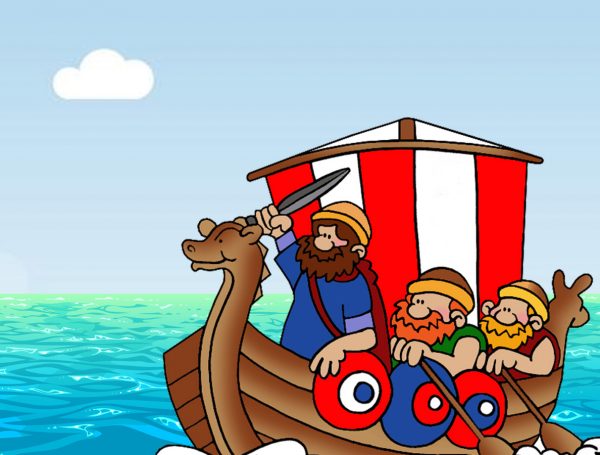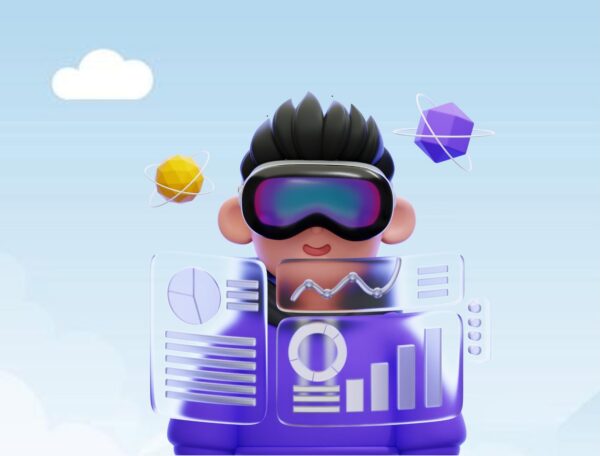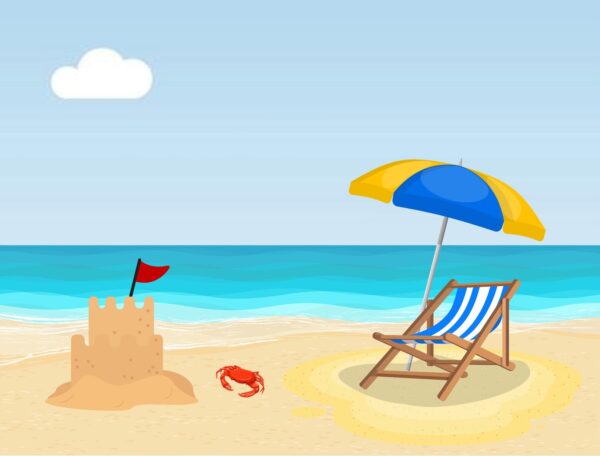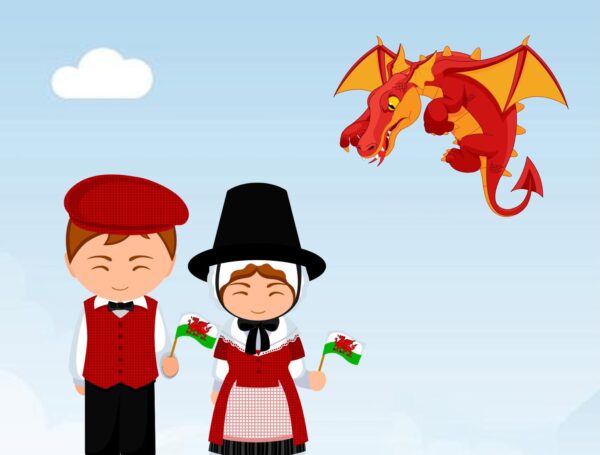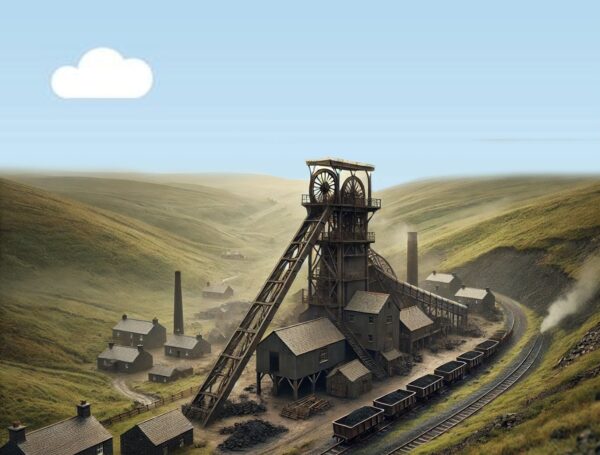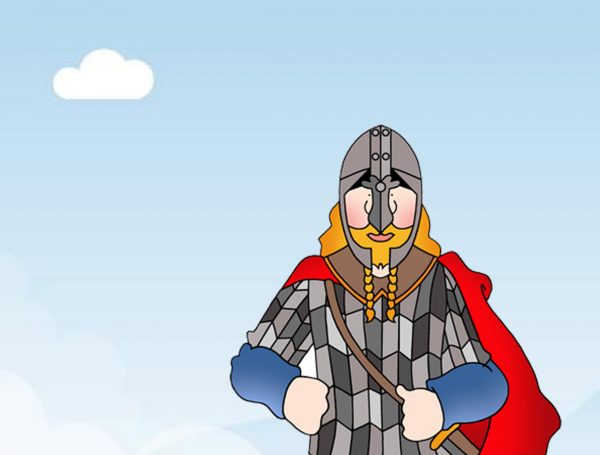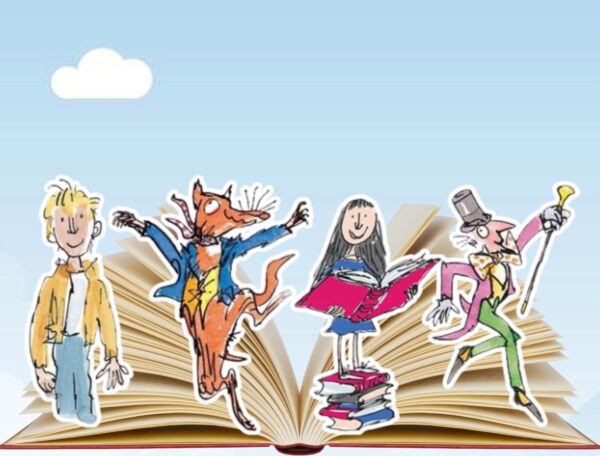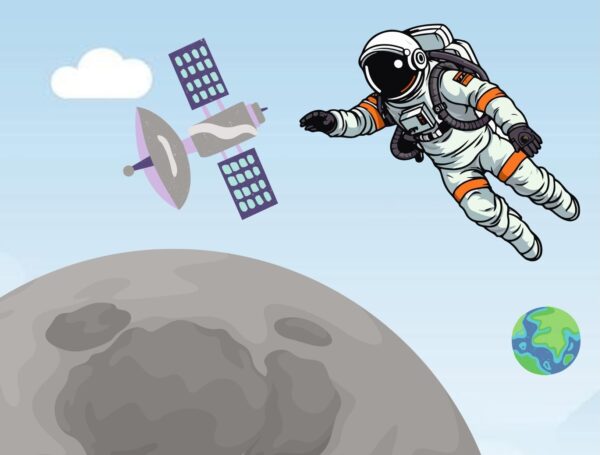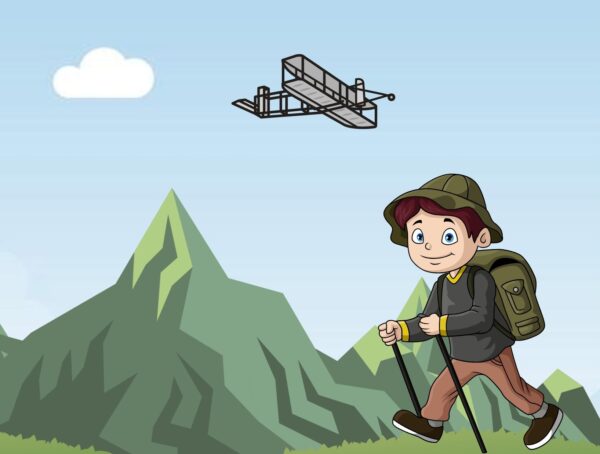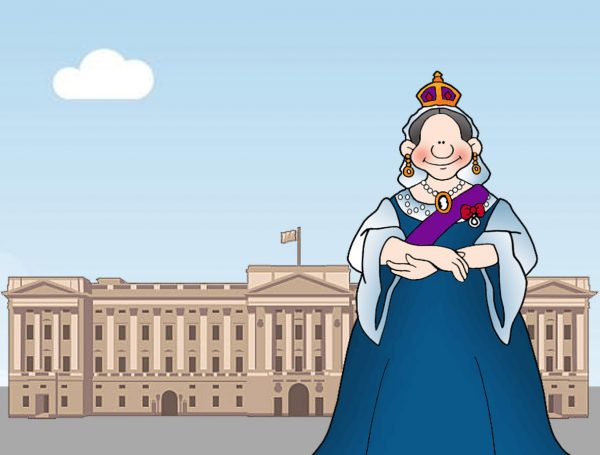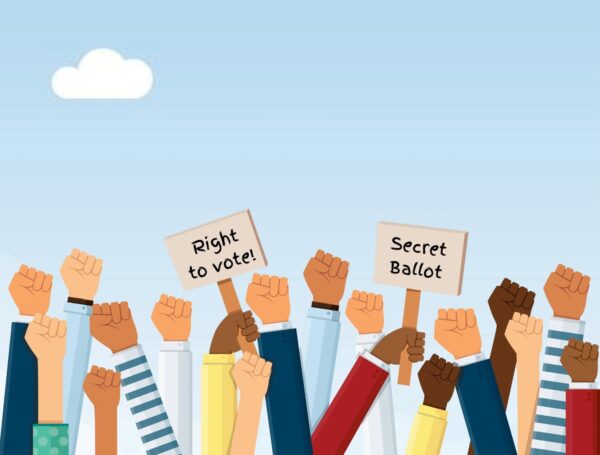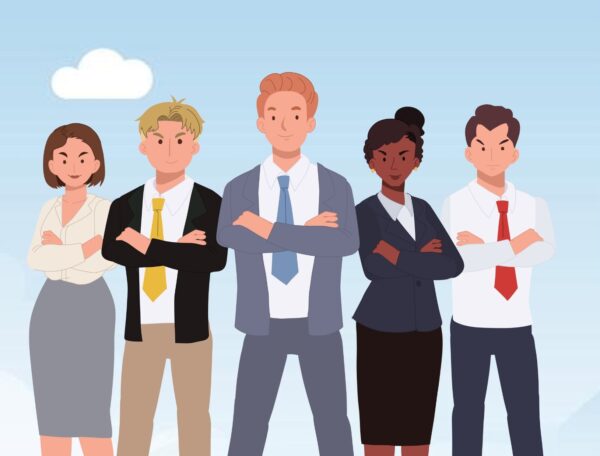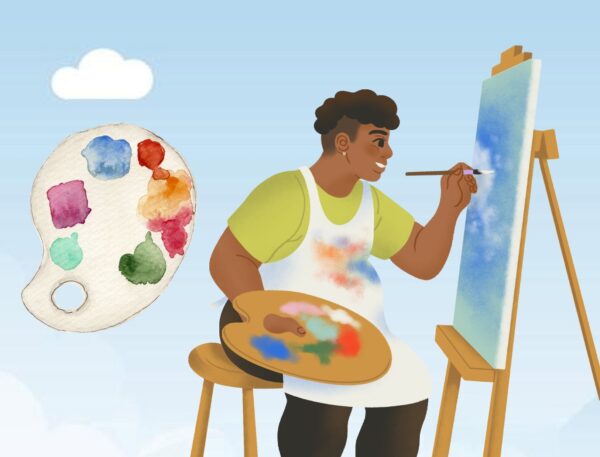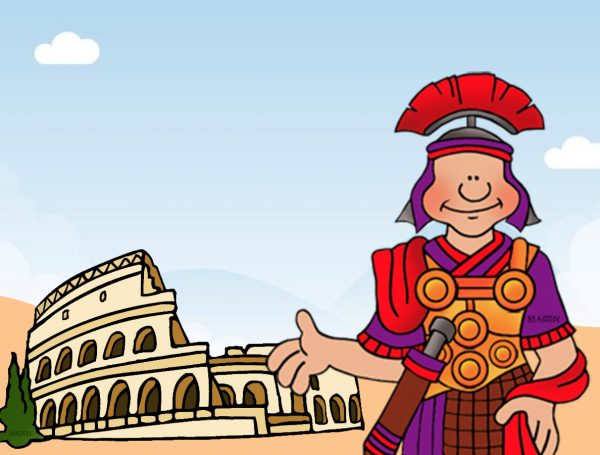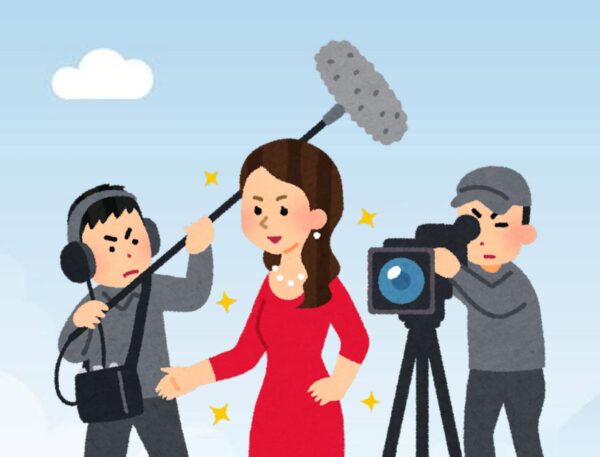🔥 The Great Fire of London 🔥
What Was the Great Fire of London?
The Great Fire of London was a huge fire that started on Sunday, 2nd September 1666 and burned for four days. It destroyed a big part of London, including thousands of houses, churches, and famous buildings!
Even though the fire was massive, only a few people died. However, it changed London forever. Let’s find out what happened!
How Did the Fire Start?
The fire started in a small bakery on Pudding Lane, which belonged to a man named Thomas Farriner. It is believed that some hot embers from his oven set fire to the wooden house.
At that time, houses were made of wood and built very close together, so the fire spread quickly! There were strong winds that helped the flames move from one house to another.
What Happened Next?
🚒 People tried to stop the fire by throwing water from buckets, but it was not enough.
🔥 The fire spread to St Paul’s Cathedral, which was made of wooden beams, and it burned down.
🏠 Over 13,000 houses and 87 churches were destroyed!
😲 People ran to the River Thames to escape the fire. Some even stayed on boats to keep safe!
The fire finally stopped on Thursday, 6th September, after the King’s soldiers and Londoners pulled down houses to stop the flames from spreading.
How Did They Try to Put the Fire Out? 🚒
In 1666, there were no firefighters or fire engines like we have today. People had to use whatever they could to fight the fire!
Here are some of the ways they tried to stop the fire:
🪣 Buckets of Water – People formed long lines to pass buckets of water from the River Thames to throw on the flames.
🛠 Fire Hooks – Giant metal hooks were used to pull down burning buildings to stop the fire from spreading.
🧱 Gunpowder! 💥 – People even blew up houses with gunpowder to create firebreaks (gaps in buildings) to stop the flames from moving.
🚪 Locked Gates – The fire spread so fast because some city gates were locked, so people couldn’t escape or bring water quickly.
Even the King of England, King Charles II, helped fight the fire by ordering people to pull down buildings.
Finally, when the wind died down, people managed to stop the fire.
Why Did the Fire Spread So Quickly?
Back in 1666, London was very different from today. Here’s why the fire was so hard to stop:
🏚 Houses were made of wood – Wood burns very easily!
🏘 Buildings were very close together – This made it easy for the fire to jump from house to house.
🌬 Strong winds – The wind helped the fire spread even faster.
🚒 No proper fire service – There were no fire engines or firefighters like we have today. People only had buckets of water!
How Did the Fire Change London?
After the fire, London had to be rebuilt. Here’s what changed:
✅ Buildings were made from brick and stone instead of wood, so they wouldn’t burn as easily.
✅ Streets were made wider to stop fires from spreading so quickly.
✅ The first fire brigade was set up to help put out fires in the future.
One of the most famous new buildings was the new St Paul’s Cathedral, designed by Sir Christopher Wren. It’s still standing today!
Who Was Samuel Pepys? 📝
Samuel Pepys was a man who wrote a diary about the Great Fire of London. He saw the fire from his window and even buried his cheese and wine in the garden to keep them safe! His diary is one of the best ways we know what happened during the fire.
Did You Know? 🤔
✔ The Great Fire started at 1 a.m. on Sunday, 2nd September 1666.
✔ London was hot and dry that summer, which made the fire worse!
✔ The fire killed the rats that were spreading the Great Plague of 1665.
✔ There is a monument in London today called The Monument to the Great Fire of London, which marks where the fire started.
What Can You Do? 🔥
🎨 Draw a picture of the Great Fire of London!
📖 Write a diary entry like Samuel Pepys!
🗺 Find Pudding Lane on a map of London!
The Great Fire of London was a terrible disaster, but it helped make London a safer and stronger city!
We hope you enjoyed learning about this amazing event in history! 🏙🔥
SJPS Great Fire Experience
We try to make learning experiences as authentic as possible. When learning about the Great Fire of London, our Year 4 children built Stuart houses. We set them up and made a mini London and relived the first moments of that fateful night. Children commented how they felt as they watched the fire spread and burn down their houses.

